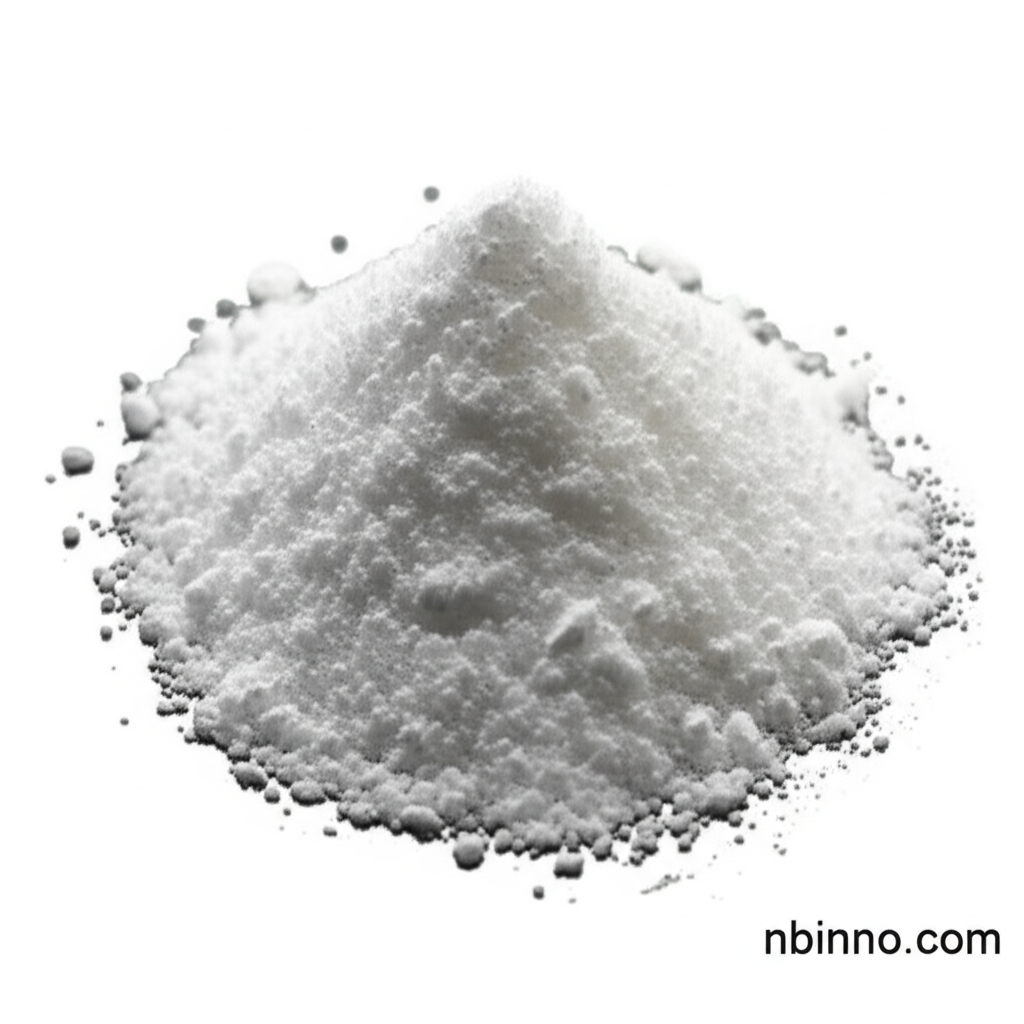Di(1-adamantyl)chlorophosphine: A Versatile Phosphine Ligand for Advanced Organic Synthesis
Explore the critical role of Di(1-adamantyl)chlorophosphine in modern chemistry, from catalyzing complex reactions to forming novel organophosphorus compounds. Discover its properties and applications as a premier supplier in China.
Get a Quote & SampleProduct Core Value

Di(1-adamantyl)chlorophosphine
As a leading supplier in China, we offer high-quality Di(1-adamantyl)chlorophosphine (CAS: 157282-19-4). This compound is a cornerstone for sophisticated organic synthesis, particularly valued for its effectiveness as a ligand in palladium-catalyzed cross-coupling reactions. Its unique structure and properties enable efficient transformations in the preparation of organophosphorus compounds.
- Facilitate Palladium-Catalyzed Cross-Coupling Reactions: This compound is a critical component in enabling advanced organic synthesis, acting as a ligand that significantly boosts the efficiency of palladium-catalyzed reactions.
- Key in Organophosphorus Compound Preparation: Its reactivity makes it an indispensable reagent for synthesizing a wide array of organophosphorus compounds, essential in various chemical applications.
- Leverage CAS 157282-19-4 Chemical Properties: Understanding the specific CAS 157282-19-4 chemical properties allows chemists to optimize reaction conditions for superior yields and purity.
- Reliable Supplier for Chemical Reagents for Organic Synthesis: We are committed to providing researchers and industries with dependable access to essential chemical reagents for organic synthesis.
Advantages Provided by the Product
Enhanced Catalytic Efficiency
As a premier phosphine ligand, it significantly enhances the performance of metal catalysts, leading to more efficient and selective chemical transformations.
Structural Versatility
Its molecular structure allows for diverse applications in the organic synthesis of complex molecules, contributing to innovation in the field.
Moisture Sensitivity Management
While moisture-sensitive, proper handling and storage under inert conditions ensure its stability, making it a reliable reagent for critical reactions and part of our commitment to quality chemical reagents for organic synthesis.
Key Applications
Catalysis
Di(1-adamantyl)chlorophosphine is widely utilized as a ligand in various catalytic processes, particularly palladium-catalyzed cross-coupling reactions, improving reaction rates and yields.
Organic Synthesis
It serves as a crucial building block and reagent for the synthesis of complex organic molecules, contributing to advancements in medicinal chemistry and materials science.
Organophosphorus Chemistry
The compound is instrumental in the preparation of diverse organophosphorus compounds, a field with broad applications in pharmaceuticals, agriculture, and material sciences.
Ligand Design
Its unique steric and electronic properties make it a valuable compound for the development of new phosphine ligands with tailored reactivity for specific chemical transformations.
